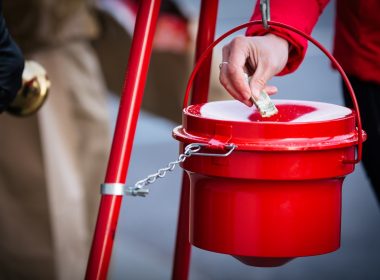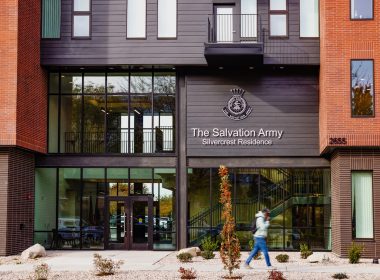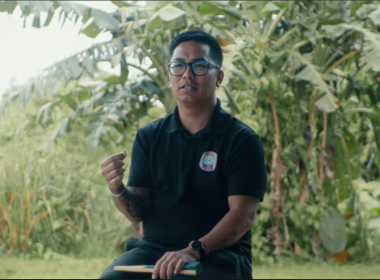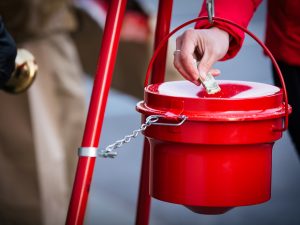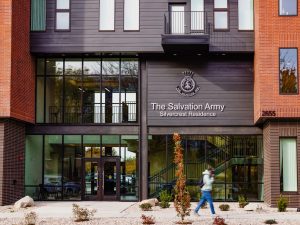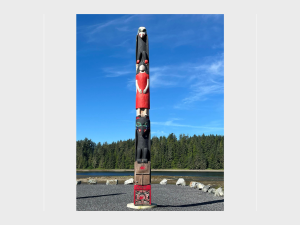The Salvation Army’s Donations Development Team tackles textile waste through corporate partnerships and new sustainable initiatives.
The Environmental Protection Agency estimates the U.S. generates approximately 17 million tons of textile waste annually, with more than half ending up in landfills. This figure has grown over the past two decades, with experts pointing to fast fashion as a significant contributor.
To address the growing environmental crisis, The Salvation Army Adult Rehabilitation Centers Command launched a Donations Development Team in June 2024 to build corporate partnerships that ensure a steady flow of clothing and textile donations to Salvation Army thrift stores and distribution centers.
Since 2023, Salvation Army thrift stores in the western U.S. have kept over 103 million pounds of textiles out of landfills, according to data tracked by the Donations Development Team.
At distribution and donation centers, The Salvation Army sorts donated items into two groups: those ready for resale in thrift stores and fabrics to be sold or distributed in bulk to organizations that repurpose textiles into new products.
The proceeds help fund the Adult Rehabilitation Centers (ARC), which provide residential recovery services.
“It’s an ideal opportunity for manufacturers to support communities while protecting the planet for future generations.”
Bianca Nemtoc, Regional Donations Coordinator
Donations Development Director Atticus Firey started the Donations Development Team. He said their efforts are creating new opportunities to extend the life of fabrics, keep thrift stores well-stocked and make a positive environmental impact.
“Since starting in June 2024, we’ve brought on board 142 corporate partners who have donated a combined 282 times,” Firey said, adding most donations include truckloads full of pallets.
Ongoing partnerships for donations include HomeGoods, T.J. Maxx, Marshalls, Zara, Walmart, Nordstrom and more.
For items and materials that can’t be sold as is, The Salvation Army partners with fashion design students at Southern California colleges through its “Transformed Treasures” program, an initiative to repurpose materials into new clothing or other creative items.
Alongside these efforts, legislation to help manage the textile waste crisis was introduced in California. In September 2024, The Responsible Textile Recovery Act (SB 707) was established to address textile waste by holding clothing producers accountable for the entire lifecycle of their products. The law is the first of its kind in the U.S.
“It will set a new standard for sustainable textile management,” Fiery said. “It’s a major development because now merchants have to be aware of where their items end up.”
The act encourages merchants and producers to adopt more sustainable practices, such as designing or selling products for durability, repair and reuse.
“The goal is to promote a circular economy that minimizes textile waste through different strategies like designing for longevity and using recyclable materials that can be transformed into something new,” said Regional Donations Coordinator Bianca Nemtoc.
Nemtoc, whose role on the Donations Development Team focuses on building and maintaining corporate partnerships, said the new act will require importers, manufacturers, distributors and retailers to participate in recycling and reuse programs, often through nonprofit thrift stores, positioning The Salvation Army as a key partner for many major brands.
She said because the legislation is new, the state is still developing processes for implementing and mandating the cycle.
To stay involved in the textile recycling industry, the Donations Development Team has joined Accelerating Circularity—a nonprofit focused on transforming the textile industry through circular practices—as a member of its project board.
“Accelerating Circularity will reach out to suppliers, collectors, recyclers and manufacturers to put all the dots together and help create a continuous cycle for textiles,” Firey said.
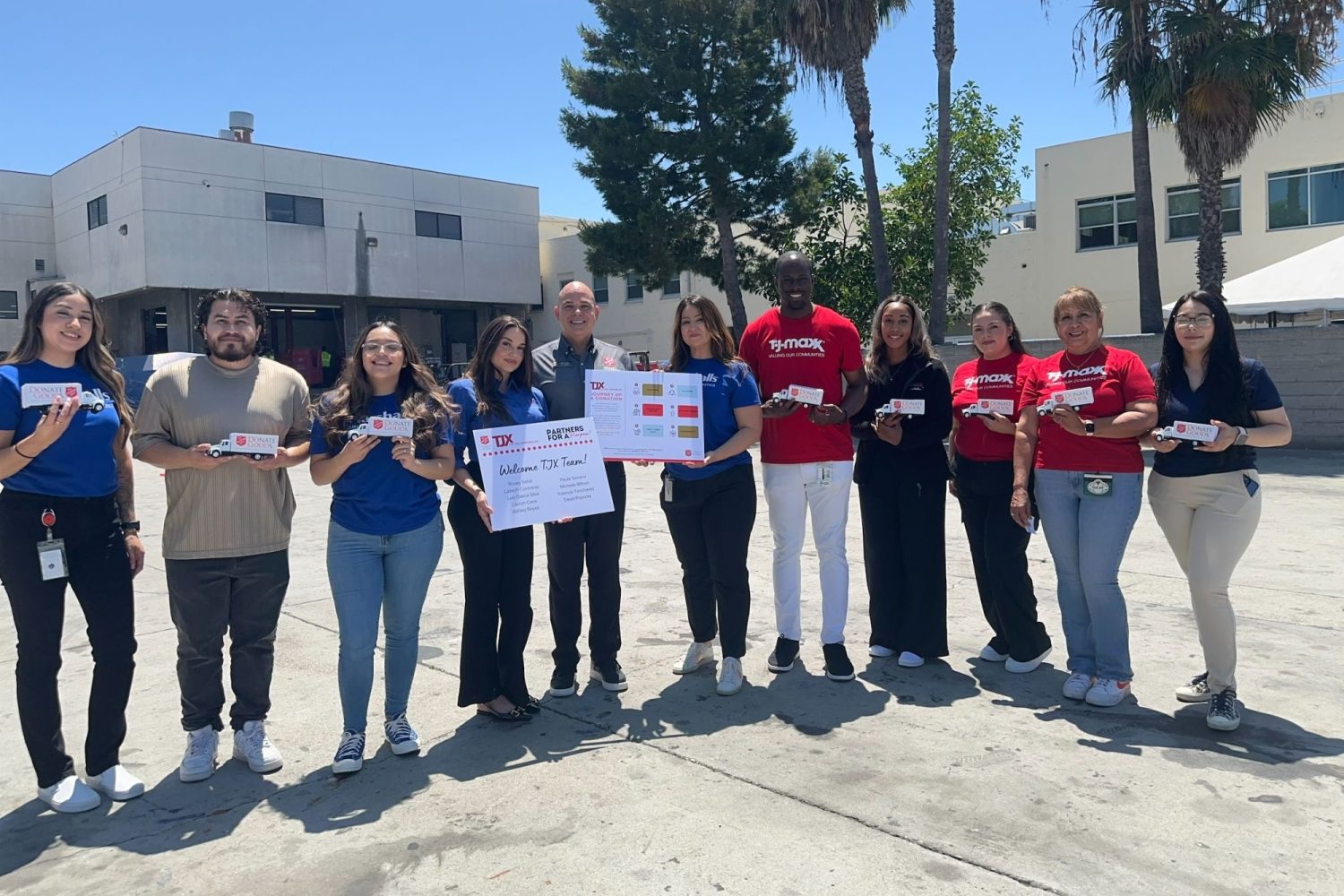
As a project board member, Firey said The Salvation Army can stay updated on textile industry innovations and build partnerships. Additionally, Accelerating Circularity’s work in tracking and coordinating material transportation will help manufacturers meet the requirements of SB 707.
Zara, one of the manufacturers involved, has made The Salvation Army their national solutions provider to help meet the law’s requirements. Fiery said Zara has placed Salvation Army donation drop boxes in all of its California stores to comply with the law and make it easier for customers to donate.
“We now have multiple avenues of getting clothing and materials to us,” he said.
When developing partnerships, Fiery said he prioritizes sharing The Salvation Army’s mission and impact on communities. He said this often includes giving tours of ARC facilities while meeting with potential partners.
“We see that retailers want to collaborate and get involved because of our longstanding legacy of serving communities,” he said. “I’ve seen how our mission resonates with people, inspiring them to support The Salvation Army.”
Nemtoc said keeping items out of landfills while supporting Salvation Army programs and missions benefits everyone involved.
“It’s an ideal opportunity for manufacturers to support communities while protecting the planet for future generations,” Nemtoc said.
Do Good:
- See how The Salvation Army supports rehabilitation.
- Get on the list for Good Words from the Good Word and get a boost of inspiration in 1 minute a day with a daily affirmation from Scripture sent straight to your inbox. It’s a bite-sized email to help you start your day with goodness.

